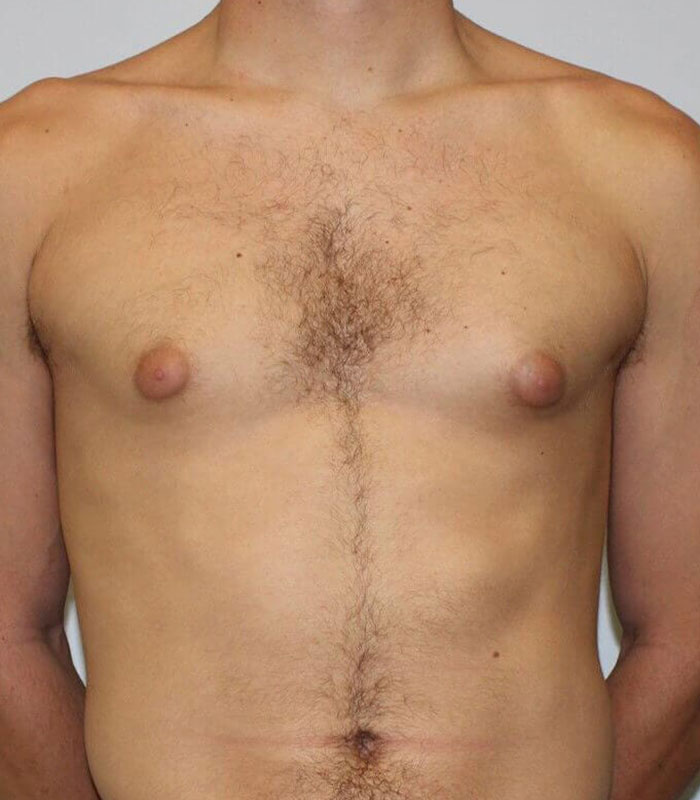
Gynecomastia is a common medical condition found in men that causes the overdevelopment or enlargement of breast tissue in the chest area due to hormonal imbalance.1 This condition can be seen in men of any age and can often have a negative effect on self-esteem.2









